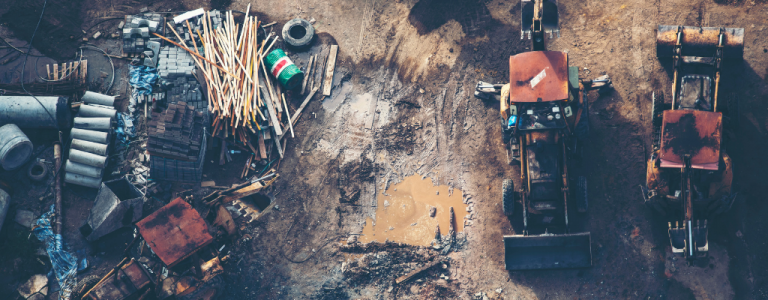Webinar: Sustainability and Second Life: The potential and problems of lithium and cobalt recycling
Register today for our webinar on Tuesday, April 30, at 9:00 a.m. ET / 3:00 p.m. CEST about the potential and problems of lithium and cobalt recycling.
Register today for our webinar on Tuesday, April 30, at 9:00 a.m. ET / 3:00 p.m. CEST about the potential and problems of lithium and cobalt recycling.
Extracting cobalt and lithium from old products and infrastructure is essential to heading off predicted metal shortfalls, empowering clean energy transitions and reducing the risk of human exploitation. Despite these benefits, lithium and cobalt recycling rates are low.
Interest in renewable technologies (such as electric vehicles, solar panels and wind turbines) has increased demand for cobalt and lithium. However, global supplies of both minerals are not projected to meet demand, with research forecasting shortfalls in the coming decade.
Recycling conducted in a responsible and transparent way could help head off these shortfalls while reducing pressure on mining communities vulnerable to exploitation.
Clare Church, Research Officer, IISD, and Laurin Wuennenberg, Researcher – Innovation, IISD, will explore the benefits and barriers to cobalt and lithium recycling in our webinar.
Upcoming events
Building Bridges: The State of Nature-Based Investments
Join us for a panel at the Building Bridges conference in Geneva, Switzerland, to discuss the state-of-play of nature-based investments and the potential opportunities they present.
Through Her Lens: Women leading change in sustainable agriculture and market inclusion
Despite the critical role that women play in agricultural production, they still do not have equal access to global agricultural supply chains on terms that benefit them.
A Municipal Perspective on the Value of Natural Infrastructure
This webinar will showcase examples the cost-effectiveness of natural infrastructure from a municipal perspective. Focusing on what municipalities need—what evidence and numbers they rely on, and what tools and planning processes are required to ensure that natural infrastructure is assessed alongside traditional infrastructure for cost-effectiveness.
